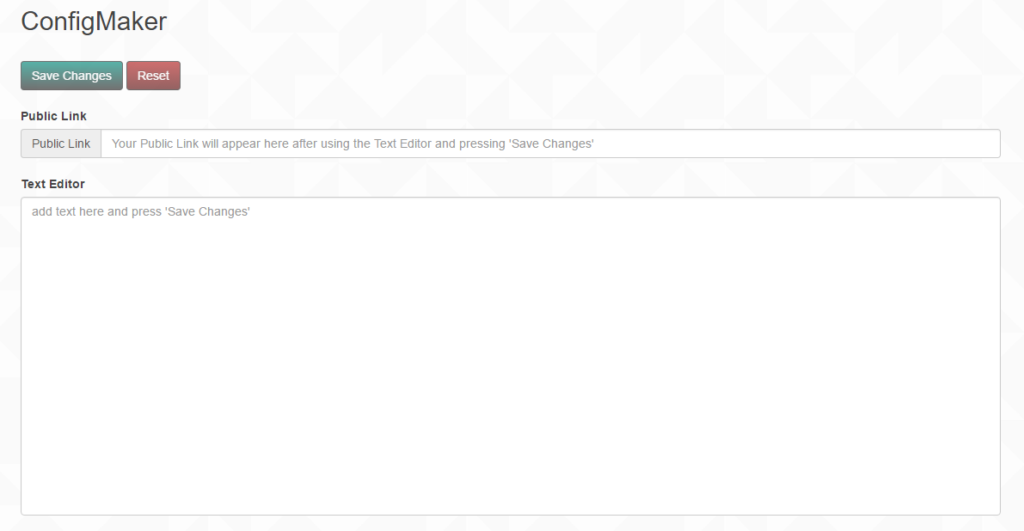ethOS 1.3.1 is coming soon, and with it. MANY overclocking changes for the amdgpu driver.
Due to advancements in the driver itself, as well as a new amdgpu data gather / configuration functionality for ethos-smi, our in house created low-level GPU management application overclocking for RX cards is getting a major overhaul.
Heres what you need to know:
First and foremost: old voltage settings MAY NOT WORK. Start at 950mv and work down to find where your cards use the least amount of power and are stable.
Note: All items in code tags (IE: pwr below) are items meant to be in your remote or local configuration file.
dpm has replaced pwr for setting DPM state on RX gpus. This change was necessary to bring power tune back to what it was originally intended to do, allow the user to adjust the power consumption of the gpu. DPM state was the only option to do this when RX 480 gpus first came to market and the amdgpu driver was immature, this is no longer the case. DPM no longer has a bearing on power draw when vlt is used. It is advised to only use cor, mem and vlt when initially tuning gpus for performance and stability.vlt (Voltage adjustment) now works on all* rx 470/480/570/580 gpus. (I put the asterisk, because I am sure at least one GPU exists that doesn’t will not accept it. )safevolt (Sanity check) now keeps gpus within normal operating range, but allows advanced operators the ability to unlock advanced tweaking capabilities. (More on that later.)pwr (Powertune) To reiterate again, is no longer DPM state, and DPM state should no longer affect power draw when vlt is use. Please see below for a detailed description of the new RX pwr .
New functionality and examples:
pwr is now a value in watts, it functions similar to NVIDIA pwr value, as it is a value in watts. It is worth noting that while the theory behind it is the same, it currently does not offer the same kind of easy tuning that pwr on NVIDIA gpus allows. It is more for limiting power in cases where you would otherwise have too much draw on your power supply. It should be used in conjunction WITH vlt to achieve maximum performance. Hashrate is pretty harshly negatively impacted and thats why, while we felt this new feature was important enough to include, we do not currently advise using it as one of your primary tools to tune RX gpus.
rx 480 example:
pwr 0f66f0 110
This would hard limit gpu0 of rig 0f66f0 to 110 watts.
globalpowertune is also available to set a farm wide limit. Note that this is only advised if all of your GPUs are identical.
globalpowertune 110
This would hard limit all NVIDIA/amdgpu GPUs which do not have a series or per rig pwr line to 110 watts.
series based power tune (Per gpu bios part number) is my personal favorite for tuning a large amount of varying GPUs. as it allows the flexibility to move cards around within the farm without having to re-tune or adjust the config file in any way:
pwr 113-D0090101-100 110
This would hard limit all GPU’s using the bios: 113-D0090101-100 to 110 watts. It is a single value.
Watts for AMD RX GPUs will now show on your ethos panel, as well as in show stats. Note that due to card design, the watts value may vary +-5% from the actual wall draw. We have taken careful consideration and calculations to ensure that this value is as close as possible, but some cards just do not provide accurate information. It is ALWAYS advised to check your actual wall draw if you are running close to 100% capacity of your power supply.
vlt for RX now has a set of safe limits, that can be expanded by using the following in config:
safevolt disabled
Without the above the GPU core “safe voltage range” is 950 to +150 over stock.
With safevolt disabled the range is 650 to +250 over stock . Please be careful!
safevolt disabled also allows setting of vddci for advanced tuners.
series example:
vddci 113-67101-100 950
this sets all gpus with “113-67101-100” as bios part number to 950 vddci.
per rig example:
vddci 0f66f0 950 900 1000 980 This sets rig 0f66f0 gpu 0 to 950, gpu 1 to 900, gpu 2 to 1000, gpu 3 to 980.
Vddci is an advanced tuning parameter and is normally not needed to be adjusted, bumping it up +25mv over stock may allow better memory stability.
Note that if you go too high or too low with any specific parameter it is possible you will have to reboot the machine without overclocks (new boot option) or reset the config in order to get the machine to mine again.
Another cool new feature is that some functionality can be applied on the fly for testing.
Example to dial in watts you may run the following while the miner is running and see the results immediately:
Note: all items in code tags from here down are commands for the terminal or ssh prompt.
sudo ethos-smi -g 1 --power 110
This would set the pwr limit on this GPU to 110 until reboot. once you find a value you are satisified with, you can add it to your configuration file.
To set fans to automatic (bios fan profile) you can do the following:
sudo ethos-smi -g 2 --fan auto
This would put the fan on GPU 2 to auto mode. Please note that most bios profiles are too slow to react to be useful for mining.
You can also adjust the dpm value on the fly and check results on hash, and to a lesser degree power function
sudo ethos-smi -g 6 --dpm 7
would raise your core clock slightly on GPU 6
You can also view current runtime stats for your GPUs, or a specific GPU using the commands below
See stats for all GPUs:
sudo ethos-smi
See stats for a specific GPU (example is GPU 0):
sudo ethos-smi -g 0

